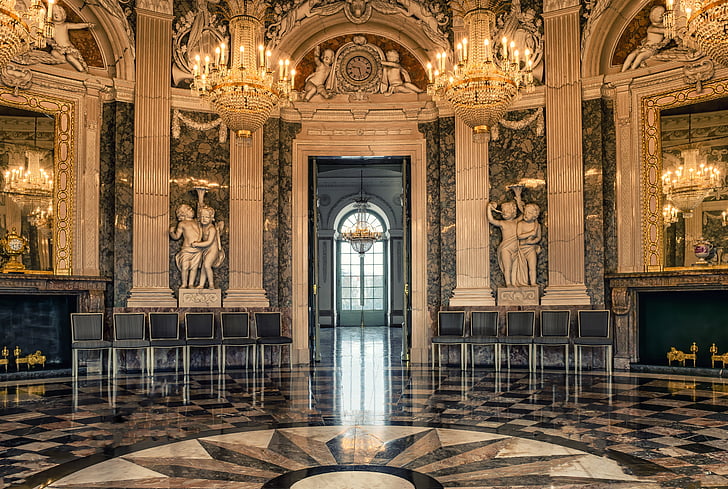Italy, a country synonymous with rich history, vibrant culture, and stunning landscapes, offers an array of attractions that captivate visitors from around the globe. From ancient ruins to Renaissance art, Italy’s famous landmarks reflect its illustrious past and artistic heritage. In this article, we’ll take you on a virtual tour of Italy’s must-see destinations, exploring their unique allure and historical significance.
1. The Colosseum in Rome
No visit to Italy is complete without marveling at the Colosseum, Rome’s iconic amphitheater. This ancient structure, completed in AD 80, once hosted gladiatorial contests and public spectacles. Its grandeur and historical significance make it one of the most visited monuments in the world. Walking through the Colosseum’s arches and tunnels, you can almost hear the echoes of the past. The site’s restoration efforts ensure that future generations can continue to appreciate its monumental scale and intricate design.
2. The Leaning Tower of Pisa
The Leaning Tower of Pisa is one of Italy’s most recognizable landmarks. This architectural anomaly was originally intended to stand straight, but a flawed foundation led to its famous tilt. Construction began in 1173, and the tower’s unintended slant has become a defining feature that draws millions of visitors each year. Climbing the 294 steps to the top offers a unique view of the Tuscan countryside and the city of Pisa. The tower is part of a larger complex that includes the Cathedral of Pisa and the Baptistery, each a marvel of medieval architecture.
3. Venice and Its Canals
Venice, with its labyrinth of canals and charming gondolas, presents a different kind of Italian allure. The city’s intricate network of waterways is best explored by boat, allowing visitors to glide past historic buildings and picturesque bridges. The Grand Canal, the city’s main waterway, is flanked by majestic palaces and vibrant markets. Key attractions include St. Mark’s Basilica, with its opulent mosaics and Byzantine architecture, and the Doge’s Palace, a Gothic masterpiece that once served as the residence of Venice’s rulers.
4. Florence’s Uffizi Gallery
Florence, the cradle of the Renaissance, is home to the Uffizi Gallery, one of the world’s most renowned art museums. The gallery houses an extensive collection of masterpieces by artists such as Botticelli, Michelangelo, and Leonardo da Vinci. Visitors can admire iconic works like Botticelli’s The Birth of Venus and da Vinci’s Annunciation. The gallery’s extensive collection and historical significance make it a must-visit for art enthusiasts. For those planning a trip, securing Duomo di Milano tickets in advance is highly recommended to avoid long lines and make the most of their visit.
5. The Vatican Museums and St. Peter’s Basilica
In Vatican City, the Vatican Museums and St. Peter’s Basilica stand as testaments to the grandeur of Renaissance art and architecture. The Vatican Museums boast an incredible collection of art, including the Sistine Chapel’s ceiling painted by Michelangelo. St. Peter’s Basilica, with its breathtaking dome designed by Michelangelo, is a spiritual and architectural marvel. Climbing to the top of the dome provides a panoramic view of Rome and the Vatican Gardens, making it a highlight of any visit to the city.
6. The Amalfi Coast
The Amalfi Coast, with its stunning coastal scenery and charming towns, offers a different kind of Italian experience. The coastline stretches along the Sorrentine Peninsula, featuring dramatic cliffs, turquoise waters, and picturesque villages. Towns like Positano and Amalfi are known for their colorful buildings and narrow, winding streets. The coastal road, known as the Amalfi Drive, offers spectacular views of the Mediterranean and is a popular route for travelers seeking both relaxation and adventure.
7. The Roman Forum
The Roman Forum, located in the heart of ancient Rome, was once the center of public life in the city. Today, it stands as a sprawling archaeological site where visitors can explore the remnants of ancient temples, basilicas, and government buildings. The Forum offers a glimpse into the political and social life of ancient Rome, with highlights including the Arch of Titus and the Temple of Saturn. Guided tours provide valuable insights into the historical significance of these ruins, enriching the visitor experience.
